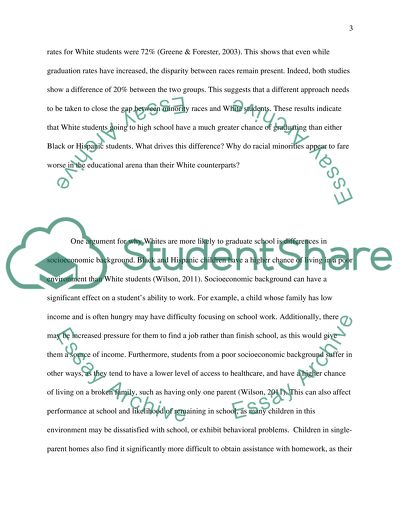Cite this document
(“Variable Graduation Rates among Races Research Paper”, n.d.)
Retrieved from https://studentshare.org/psychology/1449181-graduation-rates-for-blacks-whites-and-latinos
Retrieved from https://studentshare.org/psychology/1449181-graduation-rates-for-blacks-whites-and-latinos
(Variable Graduation Rates Among Races Research Paper)
https://studentshare.org/psychology/1449181-graduation-rates-for-blacks-whites-and-latinos.
https://studentshare.org/psychology/1449181-graduation-rates-for-blacks-whites-and-latinos.
“Variable Graduation Rates Among Races Research Paper”, n.d. https://studentshare.org/psychology/1449181-graduation-rates-for-blacks-whites-and-latinos.


